

Residential pricing listed below. Please call or complete this form for commercial pricing.
Fiber Internet
Our fastest service yet
Up to 2,500 Mbps Upload/Download
No data caps
Managed wireless included
Available in select areas. Coming soon to all of our service area. See here for current availability.
Fiber Internet
Best for most households!
Up to 1000 Mbps Upload/Download
No data caps
Customers who qualify for Lifeline assistance can get Access 100, our most affordable tier. The Lifeline credit can also be applied to other tiers. Learn More
With gigabit speeds everywhere and multigig plans available in select areas, you’ll have all the bandwidth you need.
The power of our network allows us to offer unlimited data every month. That means no more slowed speeds or extra charges for using the service you’re paying for.
A robust network supported by local technicians and customer service means you can count on your connection.
OzarksGo Wire Insurance protects your home's Cat6 wiring with complete coverage for repairs, replacements, and expert diagnostics — all while eliminating expensive $100 service call fees.
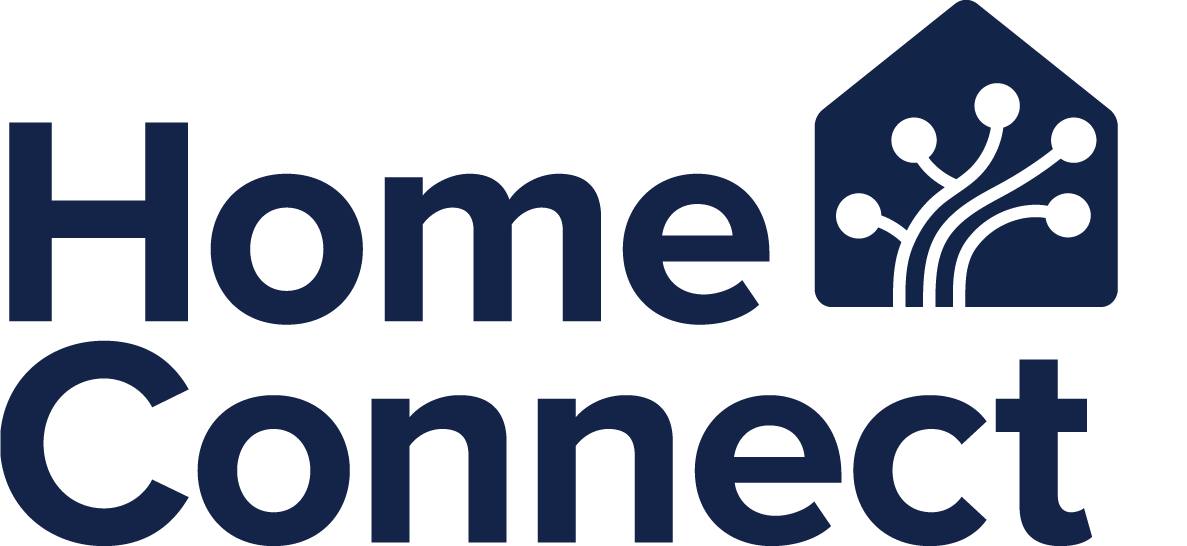
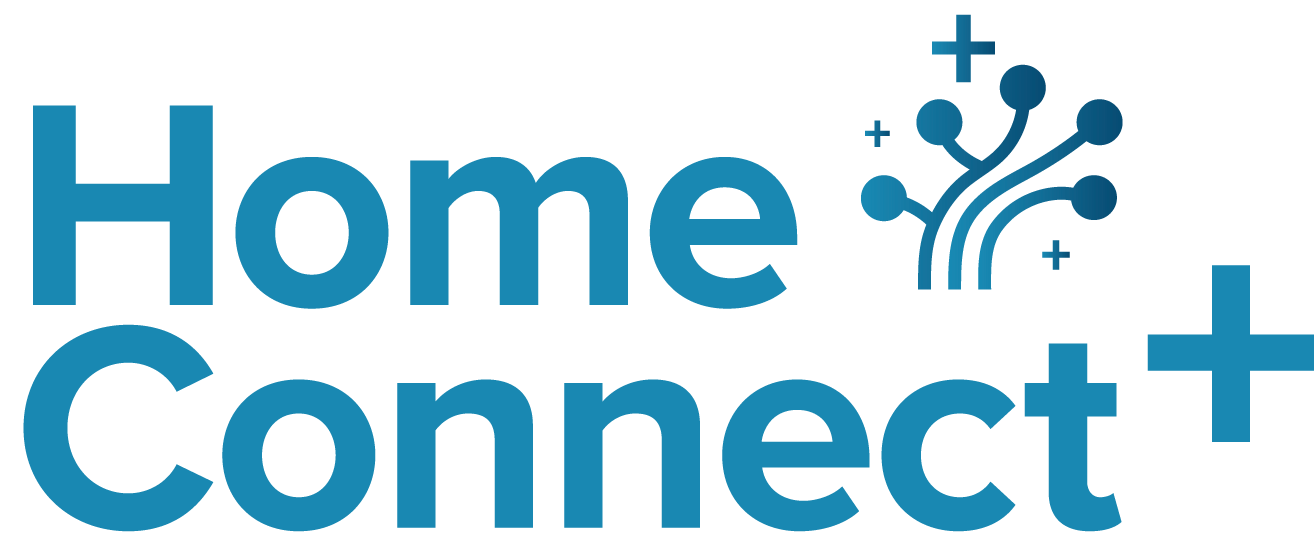
*Service calls include up to two (2) no-cost in-home service visits within any 90-day period for issues not directly related to OzarksGo's network or services (for example, accidental damage to in-home Cat wiring or troubleshooting personal equipment connected to your home network). Additional visits for non-service-related issues during the same 90-day period may be subject to our standard technician visit fee.
Get cutting-edge technology and innovative services from a local company you can trust.
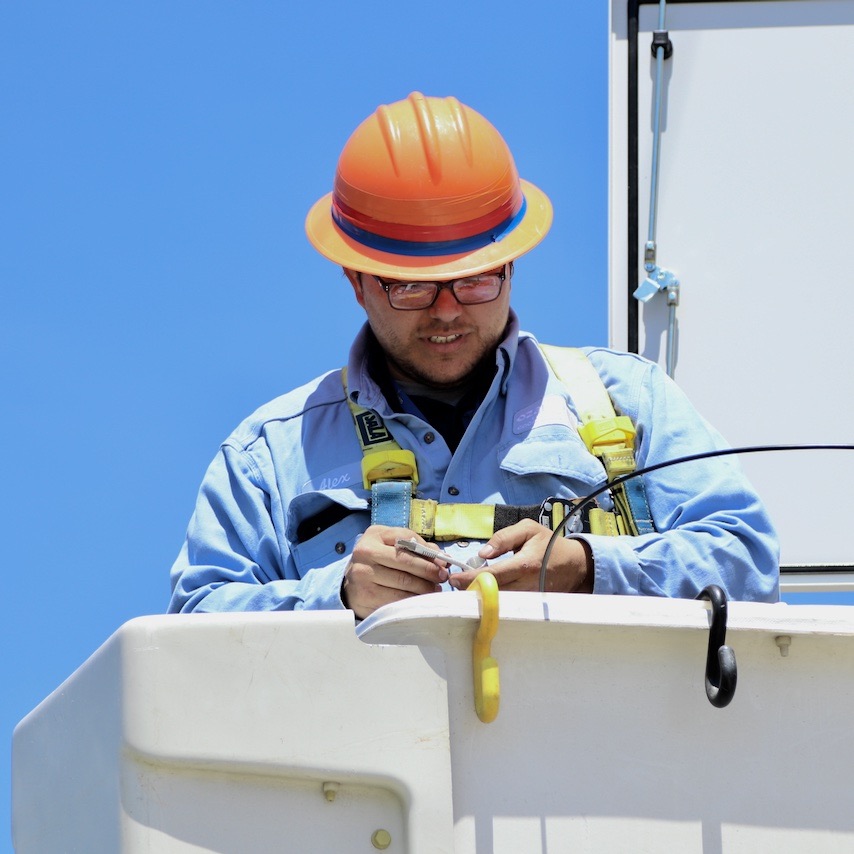
While most internet providers use fiber optics in their network, our all-fiber network brings the power of fiber optics all the way to your home.
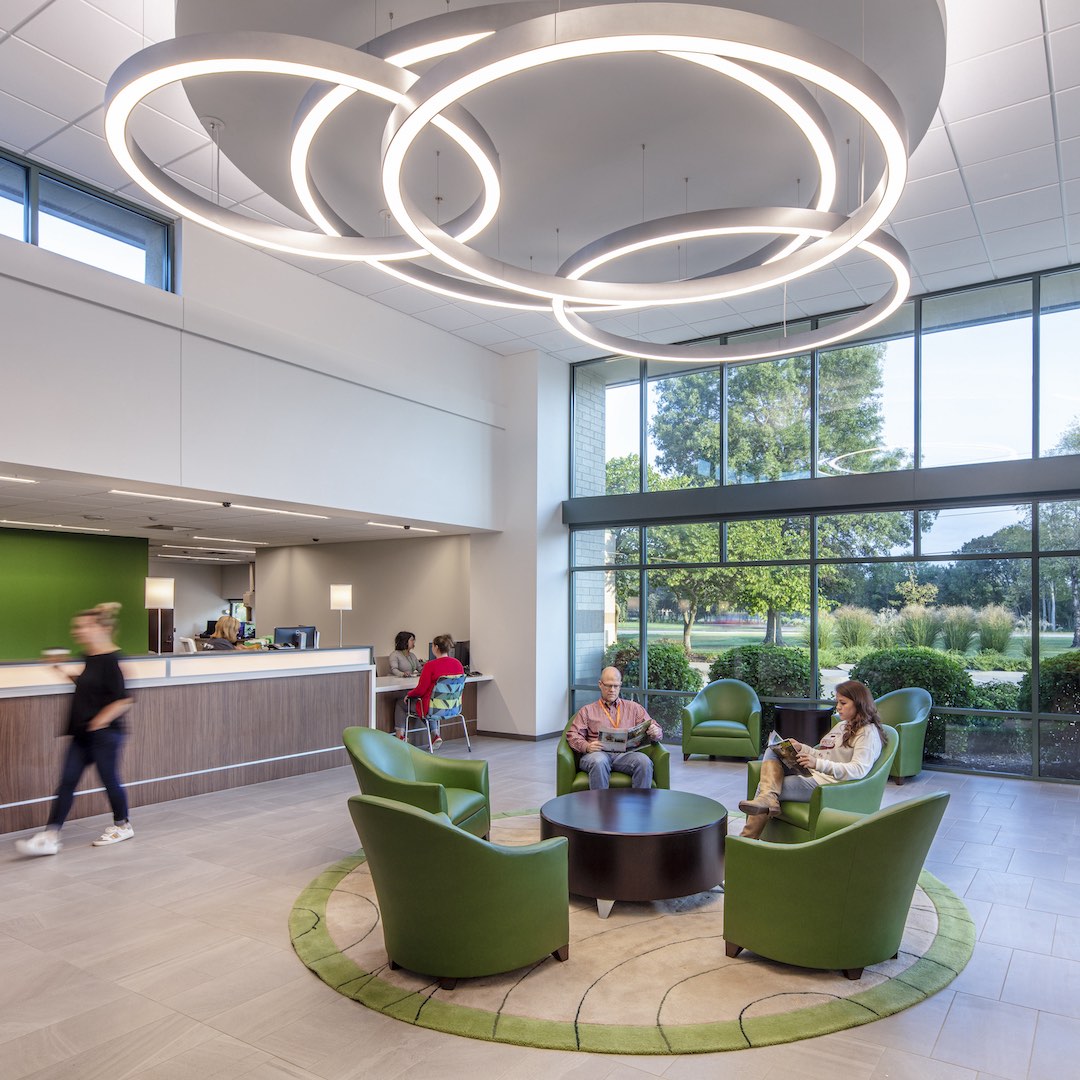
We are a local company, and a subsidiary of Ozarks Electric. That means our employees live and work in the communities we serve.
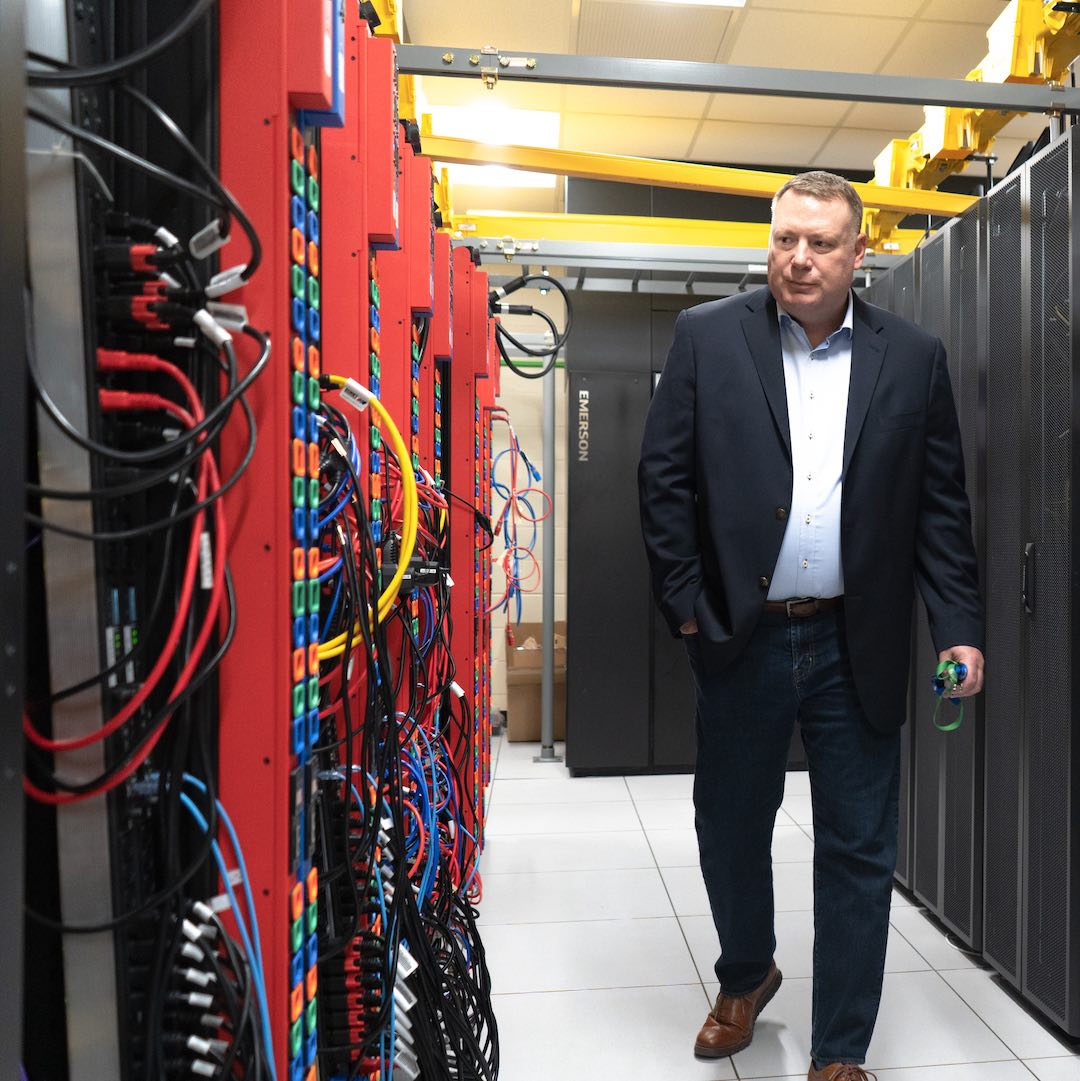
In addition to our flagship internet service, we offer many solutions for your connectivity and entertainment needs.
